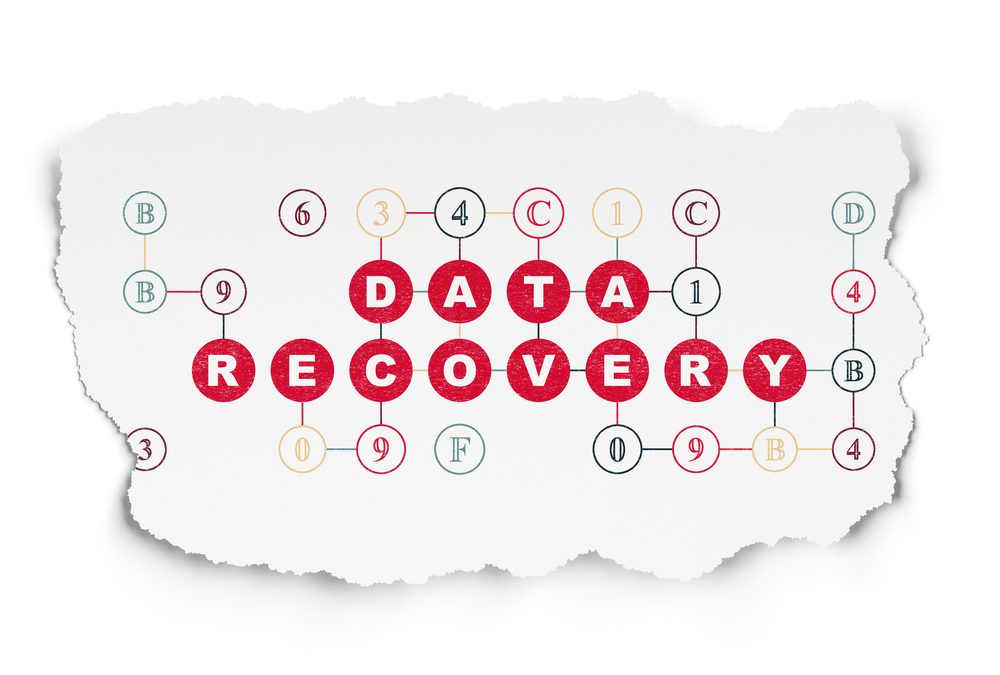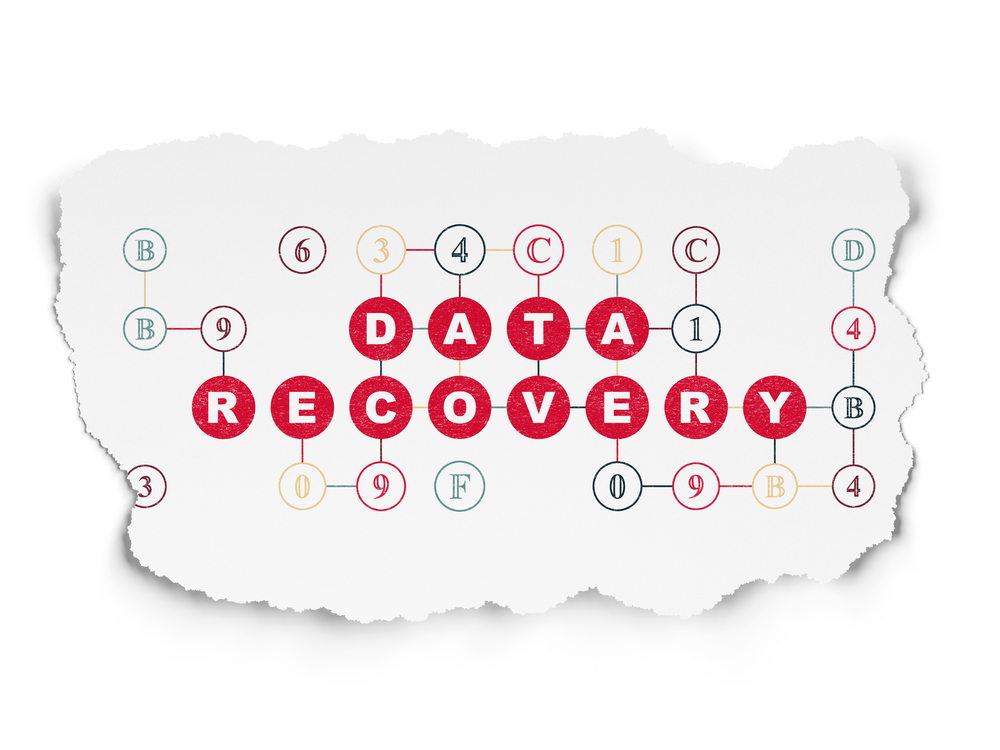Does your business have a data recovery plan in place? If not, you could be at immense risk of losing access to critical data and important systems. Accidents happen. Hardware can fail, software can go haywire, networks can malfunction, and human beings can make mistakes. All of these things can threaten your important data, potentially erasing critical information. The results of this can be absolutely disastrous for your business.
A disaster could happen to any company, and a human oversight or a failed piece of hardware could cost you dearly. To protect your company, you need a data recovery plan.
Develop a Data Recovery Plan
A data recovery plan protects your firm’s investment in your IT infrastructure, as well as preserves your ability to do business if something goes wrong. Recovery plans provide step by step procedures and processes for recovering data from systems and networks that have been disrupted, outlining the steps to reconfigure and recover them.
What to Include in a Data Recovery Plan
Before putting together a data recovery plan, your company’s infrastructure should undergo risk assessment to identify possible threats, so that you can prepare for possible incidents. Here are some of the things you’ll need to include:
- A list of mission-critical employees. In the wake of a disaster, your company will need to contact everyone whose job function will be affected.
- A disaster recovery team. IT employees can be designated as your company’s dedicated disaster recovery team. It helps to appoint one person as a coordinator. The team needs to be fully briefed and ready in case of an IT failure.
- A priority list. Some things are more important than others, and your disaster recovery plan should include the prioritization of different systems.
- A list of essential equipment. Outline the minimal equipment you’ll need for each phase of your disaster recovery plan. You should also have a plan in place to obtain that equipment if what you already have, is destroyed.
- A step by step outline of standard operating procedure. Your team should put together step-by-step instructions ahead of time, along with any necessary diagrams and supplementary materials.
- Inventory. Keep a record of where digital and physical assets are located.
- Redundancy and backup solutions for data. On-site and cloud-based backups of your critical data can make data recovery much easier.
How to Create a Data Recovery Plan
Creating a data recovery plan requires cooperation from IT staff, operational staff, and management. The company will need to audit its existing systems, as well as any existing plans that may have previously been in place. It’s important to identify which systems are mission critical, which systems are at the greatest risk, and what the primary risks to your data are expected to be.
Here is a Template for a Basic IT Data Recovery Plan
Below, we’ve provided a basic template for a data recovery plan.
- Your data recovery plan development team should meet with other IT teams to establish the scope of the project.
- Gather any relevant documents pertaining to network infrastructure.
- If possible, find copies of existing IT and network data recovery plans. If there aren’t any, proceed to step 4.
- Identify the greatest risks to the company’s IT infrastructure, like human error or system failure.
- Identify infrastructure vulnerabilities, like outdated backups of databases or the lack of a backup power source.
- Identify the most important IT assets.
- Determine the maximum acceptable outage time for these key assets.
- Identify the operational procedures or data recovery plan that are already in place for outages.
- Find out when these procedures were last tested.
- Identify emergency response teams, and ensure that they have the right training.
- Compile information from all assessments into a gap analysis report, and determine recommended actions to improve the company’s level of preparedness.
- Have management review and approve the report.
- Conduct tests of the data recovery plan.
- Update the documentation to reflect any changes.
By implementing a detailed data recovery plan, you can ensure that your company is sufficiently prepared for a disaster that could threaten mission critical information or infrastructure. Hardware failures, software issues, and human factors can all disrupt your IT investments, and a data recovery plan is one of the best ways to prepare for the worst.



